At first blush, some auto insurance claims may seem like nothingspecial.
|An insured claims his car was hit by a driver who fled thescene. He didn’t catch the license plate number, but he thinks thecar was a white, mid-size, older model. You pull up his file andsee this insured has had a string of bad luck lately and this ishis third accident in 18 months. A previous accident did notinvolve another vehicle and the other involved a deer.
|You ask him to send you some photos of the damage and noticegreen flecks of paint in the damage. After checking the claimant’sstatement, you see he described the car that hit him as being white— green flecks don’t usually come from a white car— something isn’t quite right.
|There are many reasons for an insured to file a false insuranceclaim and most have a financial motive.
|Chris Tidball, a casualty solutions consultant with SanDiego-based insurance software company MitchellInternational, recommends checking to see if the insured is inover his head or has recently lost his job.
|“Is the vehicle financed? Was the owner upside down,” he asks.“If the owners owe $500 a month on a car and they start havingproblems, there is an incentive to get rid of the vehicle.” With atransmission or engine running several thousand dollars to replace,it is easy to see why an insured would consider otheralternatives.
|Owners who are behind on their car payments or way over themileage limits on a lease could also have financial reasons forhaving an “accident.”
|Not every claim involves fraud, but there are some red flagsthat could indicate a claim is at least worth a closer look.
|Here are 10 to consider:
| 
Investigate the details of a hit-and-run crash to make surethey match the accident photos. (Photo: iStock)
|Red flag No. 1: Phantom hit-and-run crash
|Hit-and-run crashes can take several forms according to theWashington, D.C.-based Coalition Against Insurance Fraud.
|“The so-called victim driver hits a parked car, then lies thatanother driver rammed their vehicle and fled,” explains JamesQuiggle, organization’s director of communications. “Or he lies andsays that the phantom vehicle forced him off the road into alamppost or other obstacle with no vehicle-on-vehicle contact.Pre-existing damage is then falsely chalked up to a phantomhit-and-run.”
|According to the industry group, the state of Maryland is one ofthe states considering a deterrent bill that would help identifyfraudulent claims from motorists involved in a hit-and-runaccident.
|Under the bill, both vehicles must make contact, the hit-and-rundriver’s license plate must be identified and a police report mustbe filed.
|“Frequently, dishonest motorists invent hit-and-run crashes tocover up their own negligence,” says Howard Goldblatt, the group'sdirector of government affairs. “More hit-and-run crash artistswill be stopped in their tracks if Maryland imposes higherstandards that expose insurance scams that are raising premiums forhonest drivers.”
|Related: Florida lawmaker offers bill to endno-fault Auto insurance
||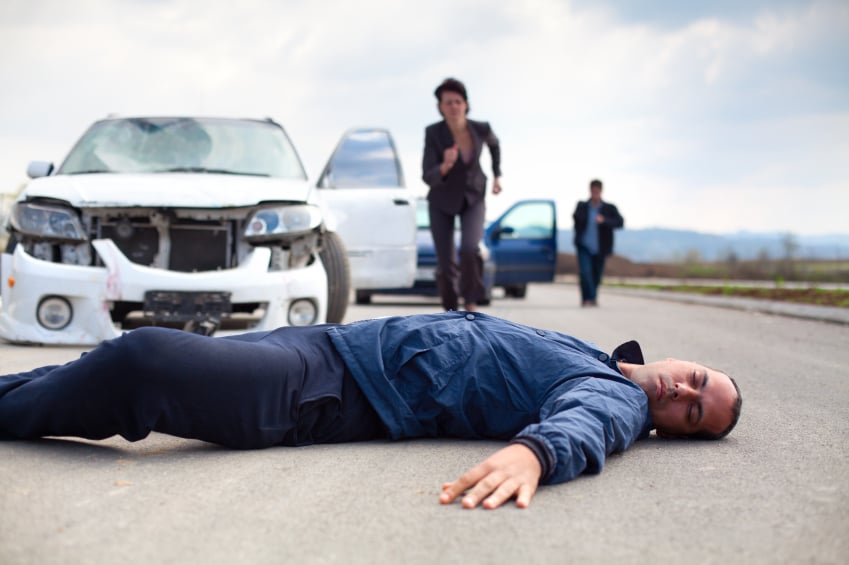
A staged accident will likely involve multiple claimants.(Photo: iStock)
|Red flag No. 2: Staged accident with multipleclaimants
|“Staged accidents tend to be low impact and can result inimmediate attorney representation of multiple occupants,” saysPeter Crosa, a Florida-based independent insurance adjuster andpresident-elect of the Tracy, Calif.-based National Association ofIndependent Insurance Adjusters.
|“Frequently, the crash may involve a number of locals pilinginto a rental car that is rear-ended by another group of locals ina rental car or a commercial vehicle. These accidents also tend tobe low impact with all of the claimants going to the samechiropractor or medical provider and following a similar diagnosticprocess,” adds Crosa.
|Claimants should be able to tell you who their doctor is, howthey get to the office for visits, where it is located, describewhat the office looks like and how frequently they visit. Theinability to answer any of these simple questions could be anindicator of a fraudulent claim.
|See related story: How predictive modelingis flagging fraudulent claims
||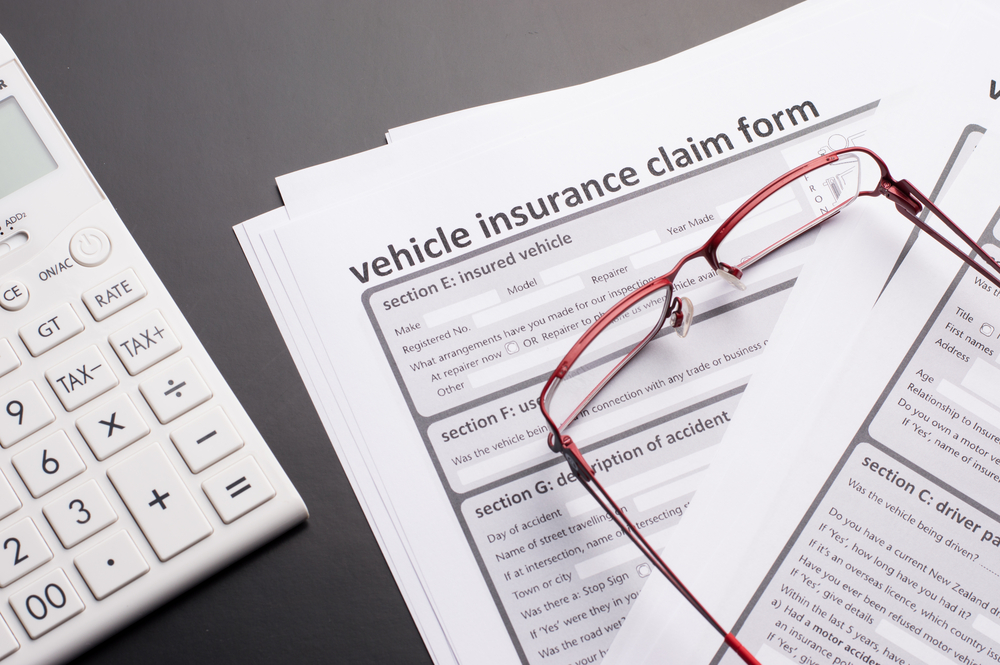
Look carefully at the policy to check dates and types ofcoverage. (Photo: Shutterstock)
|Red flag No. 3: Questionable policycoverage
|“Is there recent insurance on the car,” asks Tidball of MitchellInternational. “Perhaps the insured had Liability coverage foryears and then just added Comprehensive. That’s a red flag. Samething if it is a brand new policy, usually within 30 days ofinception.”
|Some related red flags include the insured purchasing insurancefrom an agent who is located far from where the insured lives orworks, if the policy coverages seem unusual for the age and modelof the car, or if the loss date is near the beginning or end of apolicy period.
| 
Pay attention to how an insured acts and what she says whenfiling a claim. (Photo: iStock)
|Red flag No. 4: Unusual insured behavior
|Pay attention to how an insured acts and what he or she sayswhen filing the claim.
|Verify that any identification used is authentic. If the insuredprefers to handle business by person instead of by mail, that couldbe an indicator of fraud because the insured may not live at theaddress stated on the policy.
|If the insured is difficult to reach by phone or givesconflicting statements about what occurred, more investigation maybe required.
|An insured who seems extremely knowledgeable about his or herrights, medical or vehicle repair terminology or insurance ingeneral may warrant closer scrutiny.
| 
It is not unusual for individuals in staged accidents tocomplain of neck and soft tissue injuries that can't be seen on anX-ray. (Photo: iStock)
|Red flag No. 5: Medical bills and treatment
|Frequently in low-impact accidents, claimants will complain ofsoft tissue injuries such as headaches, muscle spasms, strains orother physical traumas.
|If the medical claims for a relatively minor, low-impactaccident are extensive, are not itemized for specific treatment ordocumentation submitted involves photo copies, ask morequestions.
|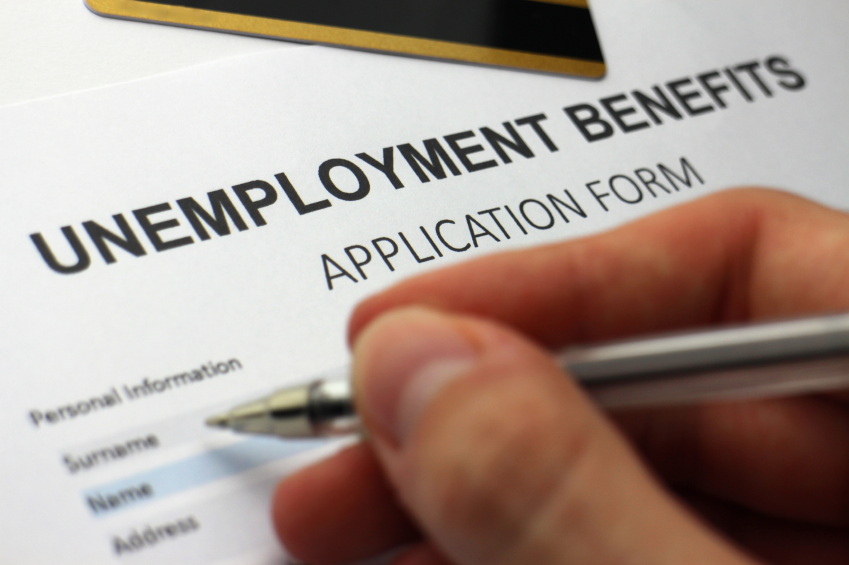
An unemployed driver may be at a higher risk of filing afraudulent claim. (Photo: iStock)
|Red flag No. 6: Financial issues
|Like the scenario listed earlier, insureds who have recentlylost their jobs, whose hire date may have occurred just before theaccident, are self-employed or related to an employer, or whoseincome may not match their occupation could be worth a secondlook.
| 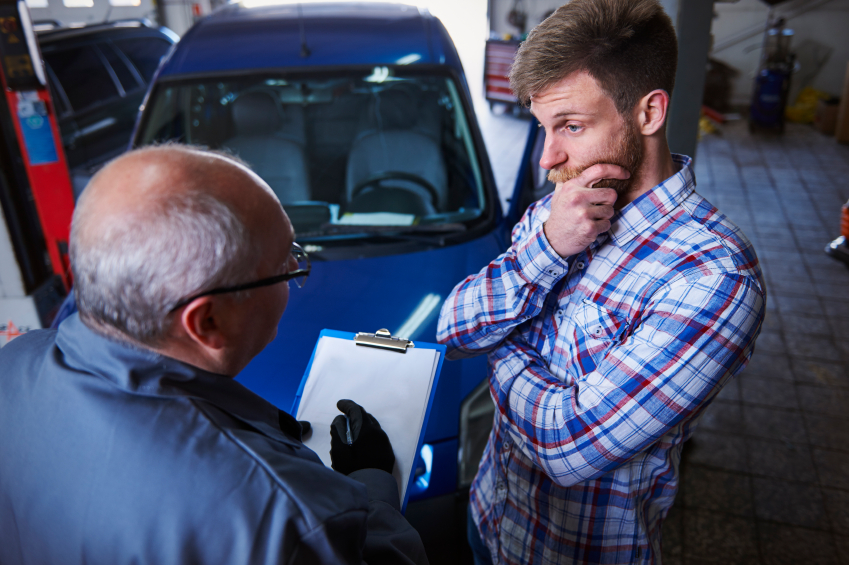
A tow truck driver who shows up immediately or claimant whoworks for an auto repair business could be signs of a fraudulentclaim (Photo: iStock)
|Red flag No 7: Service providers
|Who is involved with the claim for an insured can sometimes bean indicator that a claim may be fraudulent such as an attorney whosends a representation letter the same day as the accident, whetherthe insured or claimant owns an auto-related business such as abody or auto repair shop, or a physician who is treating all of theclaimants from a crash.
|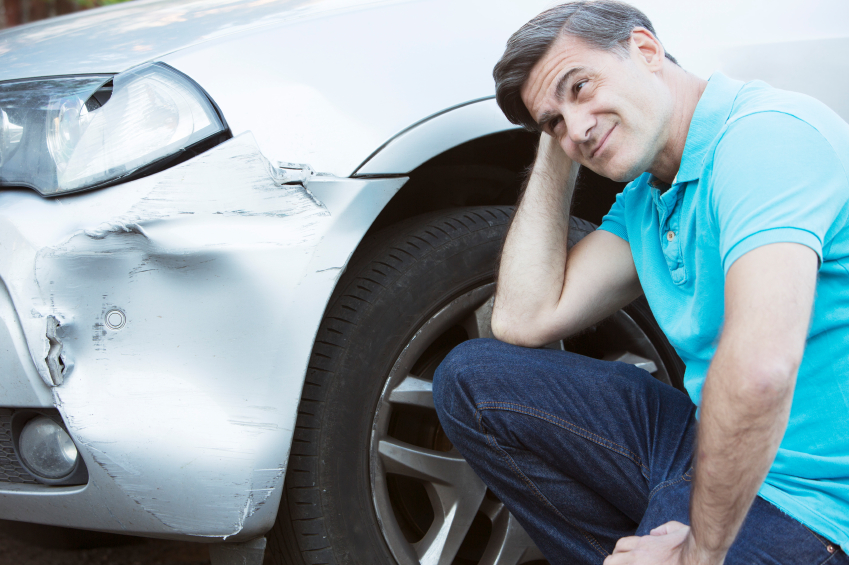
A driver who has had multiple accidents in a relativelyshort period of time warrants a closer look. (Photo:iStock)
|Red flag No. 8: Frequent crasher
|“A claimant who has a history of similar accident scenarios suchas being rear-ended several times before could be a red flag,” saysCrosa of the National Association of Independent InsuranceAdjusters.
|Failure to contact the police and file a police report could beanother indicator or even the use of an over-the counter policereport for a severe accident adds Tidball of MitchellInternational.
| 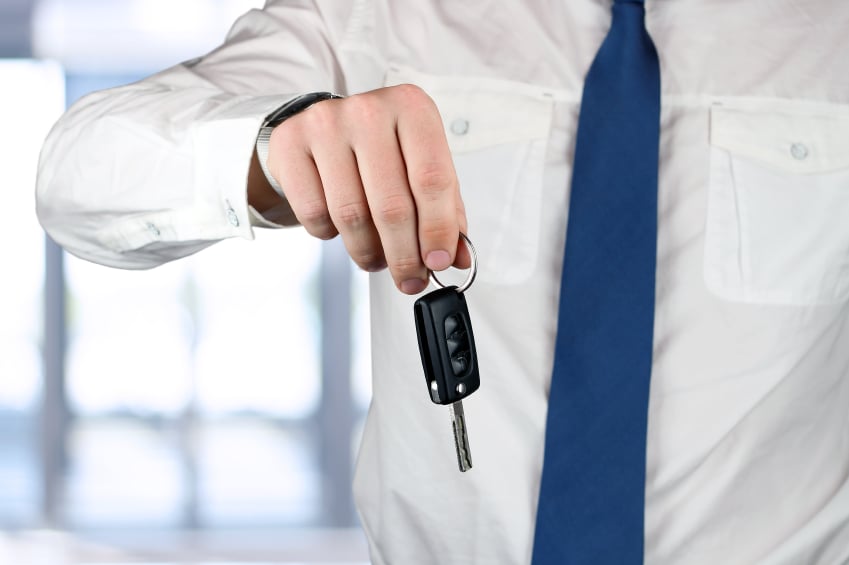
Small things like being able to produce car keys and thetitle of the car can help prove ownership. (Photo:iStock)
|Red flag No. 9: Vehicle ownership
|An insured who has trouble producing keys for a damaged vehiclemay not be the actual owner.
|“How many sets of keys does the owner have,” asks Tidball. “Mostpeople have two sets. If there is only one, then that could beindicative of an owner give-up.”
|Also make sure to check the purchase price of a vehicle toensure it wasn’t exceptionally high or low for its make and model.Verify that the vehicle identification number matches the insuredvehicle on the policy. If the insured presents an out-of-state,duplicate or salvage title as proof of ownership, or if the vehiclewas stolen or involved in a major collision, that should garner asecond look as well.
|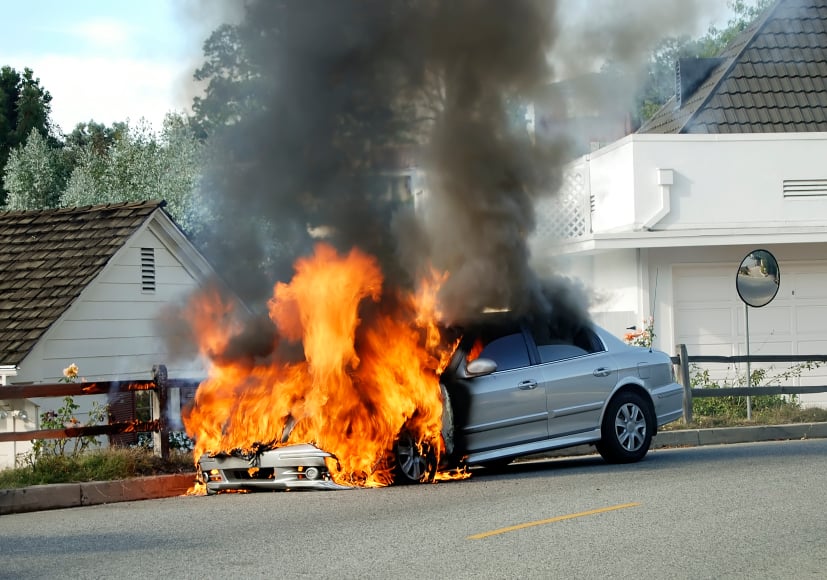
Not everything burns in a car fire and important evidencecan be left behind. (Photo: iStock)
|Red flag No. 10: Burned to a crisp
|There is a mistaken belief that setting a vehicle on fire willdestroy all of the evidence, but the reality is there are alwaysitems that survive.
|Whether it is the gasoline-doused rag that was stuffed in thegas tank, the old newspapers strewn across the back seat or theunpaid bills in the front seat, not everything will burn and theseclues can provide insight on how and why the vehicle burned.
|If the vehicle is found in an empty, abandoned area, that is onered flag. The unpaid bills in a glove box could provide more clues,as do the burn patterns on the vehicle. If the vehicle is older andseemingly over-insured, that could be another reason to look moreclosely at the claim.
|There are dozens of reasons why an insured might file afraudulent auto claim, but being observant in the investigationwill help limit the effect of those false claims for insureds andinsurers alike.
|Related: Up in smoke: This is what happens when you set acar on fire
|Have you liked us on Facebook yet?
Want to continue reading?
Become a Free PropertyCasualty360 Digital Reader
Your access to unlimited PropertyCasualty360 content isn’t changing.
Once you are an ALM digital member, you’ll receive:
- All PropertyCasualty360.com news coverage, best practices, and in-depth analysis.
- Educational webcasts, resources from industry leaders, and informative newsletters.
- Other award-winning websites including BenefitsPRO.com and ThinkAdvisor.com.
Already have an account? Sign In
© 2024 ALM Global, LLC, All Rights Reserved. Request academic re-use from www.copyright.com. All other uses, submit a request to [email protected]. For more information visit Asset & Logo Licensing.








